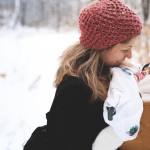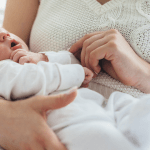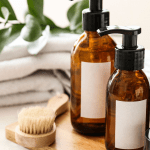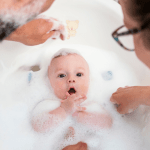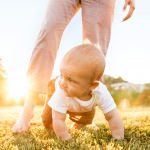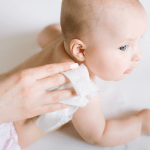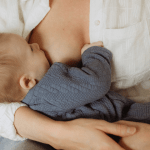You may have started introducing your baby to a sippy cup when they were around 6 months old. 6 months is a critical time in their development. They start to mimic sounds, recognize faces, and may even start crawling about. Your child is probably reaching and grasping for their favorite toys and no doubt putting everything in their mouth.
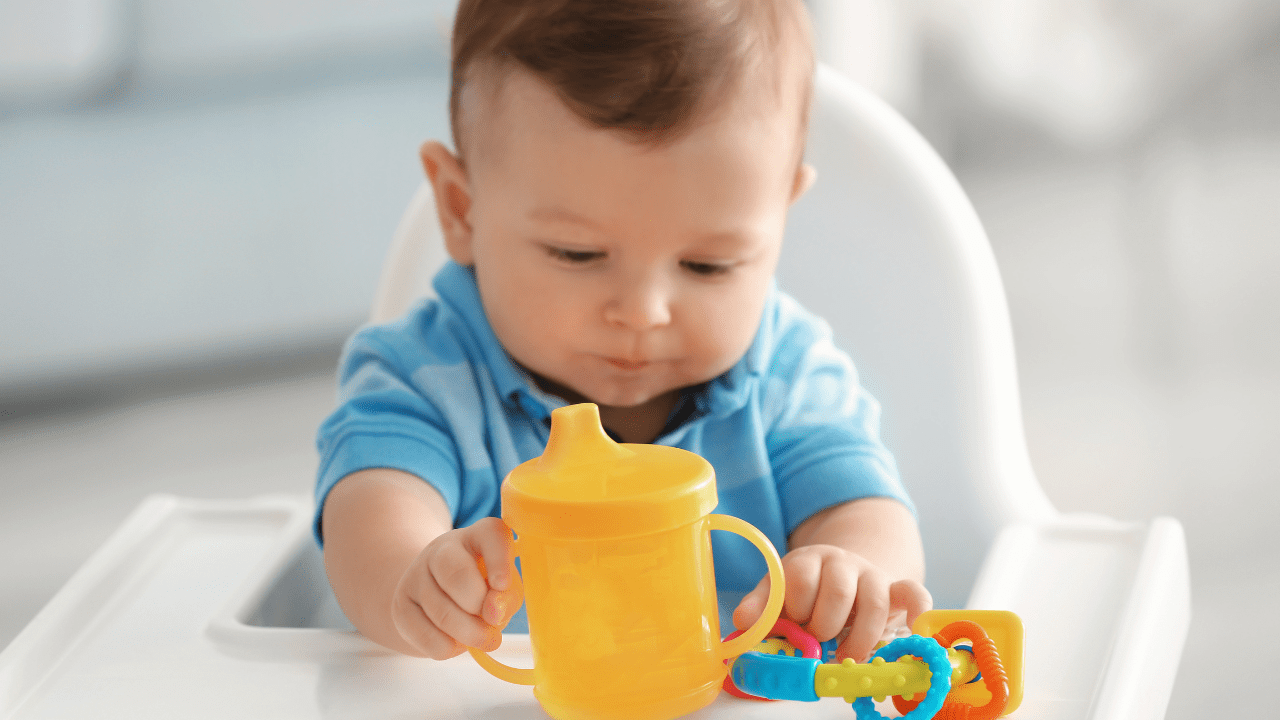
These milestones are all exciting, but what if I told you that the sippy cup your child is drinking from and the toys baby is playing with may cause or promote many developmental disorders?
The reason is BPA.
BPA (Bisphenol A) was a chemical originally used in making plastic. Nowadays it is found in many products like plastic bottles, sippy cups, plastic feeding containers, and even toys. Here, BPA is used as a hardening agent to enhance the rigidity of what would otherwise be a soft plastic container or toy.
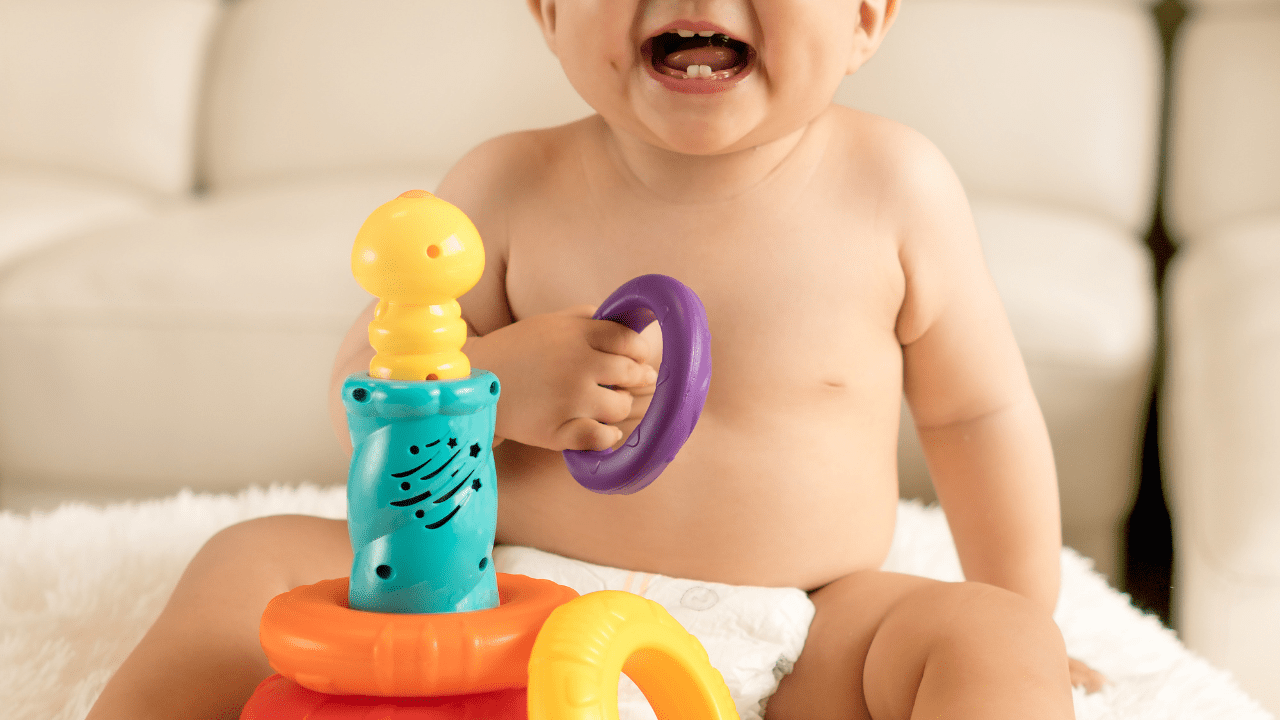
BPA is also used to make the lining for most canned foods and drinks, including the cans of liquid baby formula. Here, the purpose of BPA is used to prevent the degradation of packaging to ensure the quality of formulation.
So, what does this chemical do to your baby?
Exposure to BPA has been linked to cancer, developmental disorders, and changes to their developing nervous system such as thyroid function and brain growth.
Studies also show that BPA exposure is linked to changes in behavioral development such as hyperactivity (ADD & ADHD), obesity, type 2 diabetes, early puberty, and changes in the normal development of the prostate gland.
Higher prenatal exposure to BPA is thought to increase the risk of autism. Due to the widespread use of BPA, over 90% of tested humans have detectable BPA, with the highest levels found in infants and children.
What can you do to protect your child? You can look for BPA free plastic. However, the alternatives that are commonly used such as BPS, BPE, BPF are just as toxic and harmful. So that’s probably not the best way to keep baby safe.
Since BPA often coats the inside of baby food cans, try to purchase food in glass containers or make your own baby food at home instead of buying it ready made.
More importantly, put down the toxic plastic BPA sippy cup and plastic toys and start to make simple lifestyle choices to help your child. Switch to 100% natural, water-free, and baby-safe products and stay away from BPA’s and its ugly cousins BPS, BPF and BPB!

